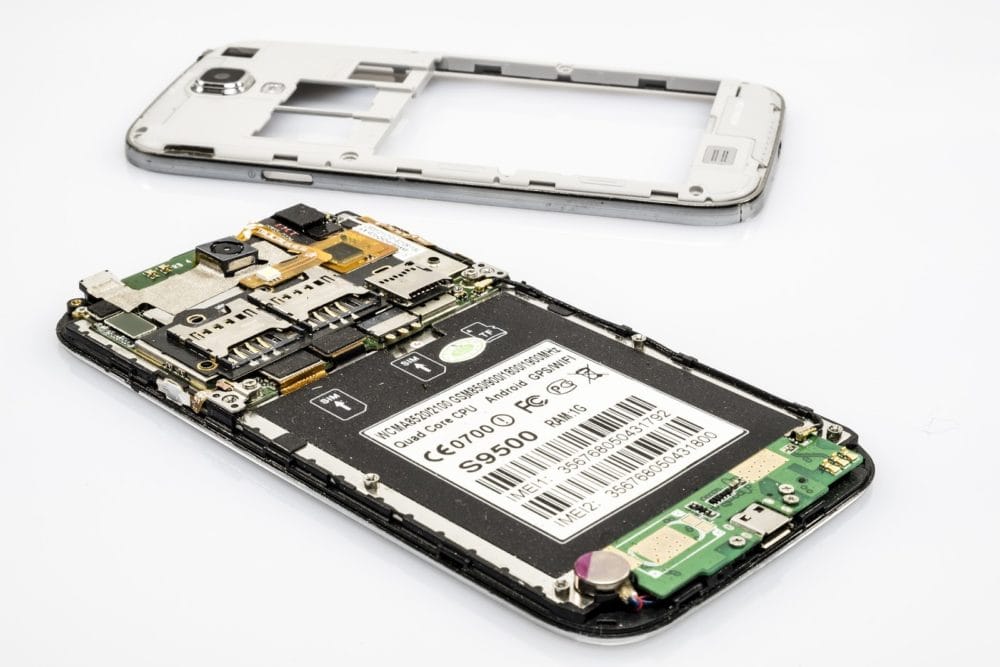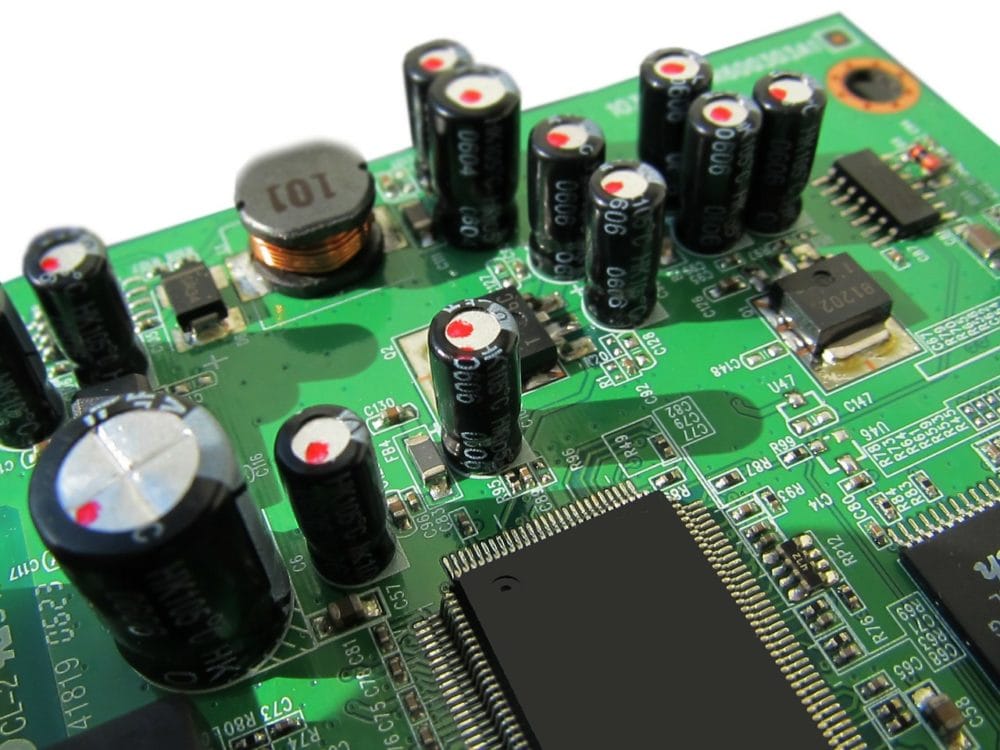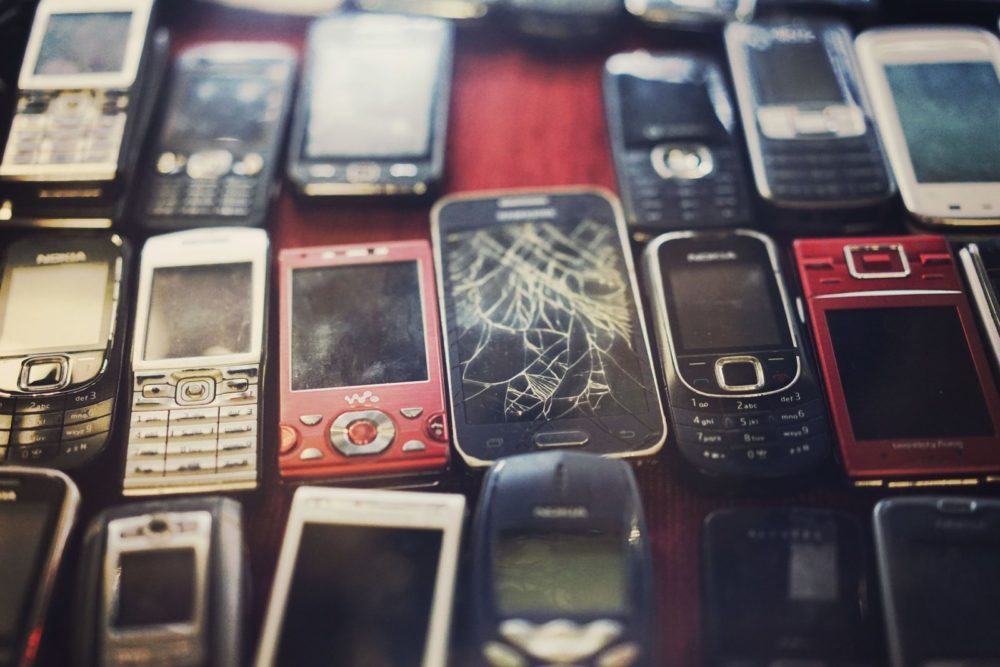On November 15th, online retail giant Amazon hosted something unique across the country: electronic waste collection events in five U.S. cities that showcased the benefits of e-waste recycling. Amazon invited residents to bring their old or unwanted consumer electronics – from computer monitors to cell phones, faxes, and printers – to places where recycling experts were on hand to educate people about the importance of properly disposing of all our e-waste.
This event, held in Dallas, Denver, Seattle, San Jose, and Washington D.C., was organized in recognition of America Recycles Day. That’s a national initiative to promote recycling, and it’s part of Keep America Beautiful, an environmental organization that works to inspire and educate people to take action aimed at improving and beautifying their local community and environment.
This event helped put into focus two of the most critical issues related to e-waste. First, the drive to promote the recycling of used electronics is very much an environmental and health-related one. Environmental organizations like Keep America Beautiful work hard to promote recycling as the clear alternative to having electronics end up in community landfills focusing and showcasing the benefits of e-waste recycling.
Today, virtually 100% of e-waste is recyclable, but the majority of it is still being sent to landfills or getting incinerated in developing nations. Both pose significant threats to our environment and to human health.
On the other hand, a recycling event sponsored by an online retail giant, and one that sells a lot of consumer electronics, poses another interesting point. Retailers are quick these days to market the latest, most sophisticated electronic devices, and consumers seem equally quick to buy them, then discard their older electronics. There’s also been a push to convince manufacturers to build electronics that last longer and don’t need to be replaced as quickly.
But given that choice – building electronics that can last for years and don’t need to be replaced with new versions versus taking all used electronics to firms that specialize in recycling – Amazon’s decision to sponsor a recycling event offers a strong indication of which option seems more realistic – and more likely to succeed.
Why is E-Waste Such a Fast-Growing Problem?

The reason we’re struggling with the challenge of e-waste is simple: there’s simply far too much of it, and the numbers keep soaring every year.
A report by the United Nations noted that the U.S. alone produces about 6.3 million tons, or 14%, of the world’s electronic waste. E-waste is the fastest growing part of the municipal solid waste stream, and worldwide, nearly 45 million tons of electronics got tossed out in 2016 alone.
This situation got even more complicated last fall, when China banned 24 kinds of solid waste, including e-waste, due to concerns about its impact on their nation’s environment. That created serious challenges for countries like the U.S., the United Kingdom, Australia, and Japan. Until 2017, China had been accepting 70 percent of the world’s electronic waste.
In response to that decision, Europe and North America started shipping e-waste to Southeast Asia – until the ports in Vietnam and Thailand got overwhelmed and began imposing their own curbs as well.
Now the importers of e-waste in the U.S. and Europe are struggling to find another solution, which is no small challenge. In 2016, it was estimated that 49 million tons of e-waste got discarded by the world’s population. If current trends continue, that number will rise above 60 million tons in the next few years.
But there isn’t much doubt about why there’s been such a rapid surge in e-waste: Technology. Manufacturers are finding ingenious ways to make electronics more sophisticated, to do more, and to make those older versions seem obsolete. That means the lifespan of these devices gets shorter and shorter.
In a lot of instances, the batteries within these devices are built so they can’t be removed, and they eventually die, forcing the owner to replace not just the batteries, but the device itself. A lot of electronics companies intentionally plan for the obsolescence of their goods through the design and software, or by discontinuing support for older models. They can even make it cheaper to buy a new product than to repair an older one.
And their sales keep booming, particularly in this strong global economy. Across the globe, it’s estimated that 5 billion people own a mobile phone, a staggering number.
For some environmental groups, the answer to this problem seems obvious. The only guaranteed way to curb e-waste is the extension of the lifespan of these devices now in circulation. Some state lawmakers are even pushing Right to Repair legislation, which mandates that batteries must be removable, so older devices can get repaired.
In other words, the surest way to pollute less is to produce less.
But with the stunning profits that electronics manufacturers make by unveiling the latest models of their most popular devices, does anyone seriously expect the electronics industry to suddenly unveil devices that will work beautifully for decades? Where is the profit in that?
It seems clear that a major retailer of electronics like Amazon understands that, which is why the online giant turned to a different approach to controlling e-waste: recycling.
The Benefits of E-Waste Recycling and How it helps the E-Waste Problem?
The environmental problems confronted by e-waste are a major challenge and it’s getting more serious each year. It’s been estimated that more than 4 million tons of e-waste ends up in landfills every year, and they contain an oversized quantity of non-biodegradable deadly substances. Mercury, lead, barium, and arsenic can be found in certain electronics, and these noxious metals can seep out of landfills and contaminate the soil and water, posing serious health threats to nearby residents.
These problems are eradicated when e-waste gets recycled instead. Recycling is a viable and proven solution that eliminates the harmful and dangerous effects of e-waste disposal.
Anyone who wants to play their part in helping to save our planet can do so by ensuring that any unwanted electronic devices they own get recycled with an experienced firm like Great Lakes Electronics Corporation, and not tossed out in the trash or left in the closet.
Throwing away used electronics also ignores the fact that these products can be used to make new ones, which helps to save energy, reduce pollution, cut down on greenhouse gas emissions, and protect the earth’s natural resources by not mining for virgin ore to create new metals.
E-waste also contains materials that continue to hold value, including silver, gold, copper, plastic and aluminum. That’s a lot of valuable elements in one product. These precious materials can be reclaimed and reused through recycling, and the U.S. Environmental Protection Agency has noted that a single metric ton of circuit boards contains up to 800 times the amount of gold mined from one metric ton of ore. It’s been estimated that in 2016, the value of recoverable materials in global e-waste amounted to $64.6 billion.
And it’s also important to point out that as the number of consumers buying electronics soars, manufacturers have faced shortages of the raw materials needed to make those products. The solution has been to use recycled materials instead.
Recycling is a smart, practical solution that helps us protect our environment, reduces the cost of making new products, and enables the recycling industry to continue to grow and create jobs – more than 450,000 in the U.S. alone.
Can the Government Address This Solution?

Currently, no federal laws in the U.S. require the recycling of e-waste or prohibit e-waste from going into landfills. The federal government continues to defer to the states when it comes to waste management.
Today, 28 states and the District of Columbia have their own electronic recycling laws, and these states have taken different approaches to the issue, from subcontracting with companies to operate e-waste collection systems to requiring electronics manufacturers to meet recycling targets.
Still, a patchwork of different laws hasn’t proven strong enough to convince manufacturers to take a different approach – for example, to design more durable electronics that last longer.
There are certainly changes that manufacturers could adopt that would help. One would be for manufacturers to design electronics that use fewer toxic materials.
There have been some interesting breakthroughs on this front. Stanford University has chemical engineers who are now working on a biodegradable electronic circuit that uses natural dyes. Ronin8, a Canadian-based research firm, is working on a technology to use minimal water and energy to help separates metal from non-metals through sonic vibrations in recycled water.
Still, the shift toward less toxic devices doesn’t mean the technology and research going into making new electronics will revert back to devices that can last you for years. Far too many manufacturers are working on ways to make our devices do things we never thought possible to ever go back to creating devices that you won’t replace for a long time. That’s unlikely to ever become a priority again.
Amazon seemed to acknowledge that by highlighting recycling as a stronger alternative. Hopefully, that message will get out to consumers and businesses alike, that recycling remains the best solution to keep the skyrocketing amount of e-waste from creating environmental havoc in our landfills.
Conclusion
We all know that laptops and smartphones have changed the lives of millions of people across the globe. Technology has truly opened up new opportunities for all of us.
That hasn’t stopped environmentalists from repeatedly pointing out that it’s important to keep raising awareness about the risks to the Earth’s resources from the growing amount of e-waste. We all need to contribute to this by working to increase recycling rates since recycling e-waste is the most effective way to keep those used devices from damaging our environment and our health.
Great Lakes Electronics Corporation has a great reputation for being trusted experts in the recycling and management of waste electronics and other metals. The unwanted equipment brought to Great Lakes Electronics Corporation is recycled in a responsible, environmentally conscious way, by this family-owned and operated business that prides itself as being environmental stewards.
Great Lakes Electronics Corporation serves customers both large and small, from private customers to large corporations. Contact them today at 888-392-7831 to request a quote.

